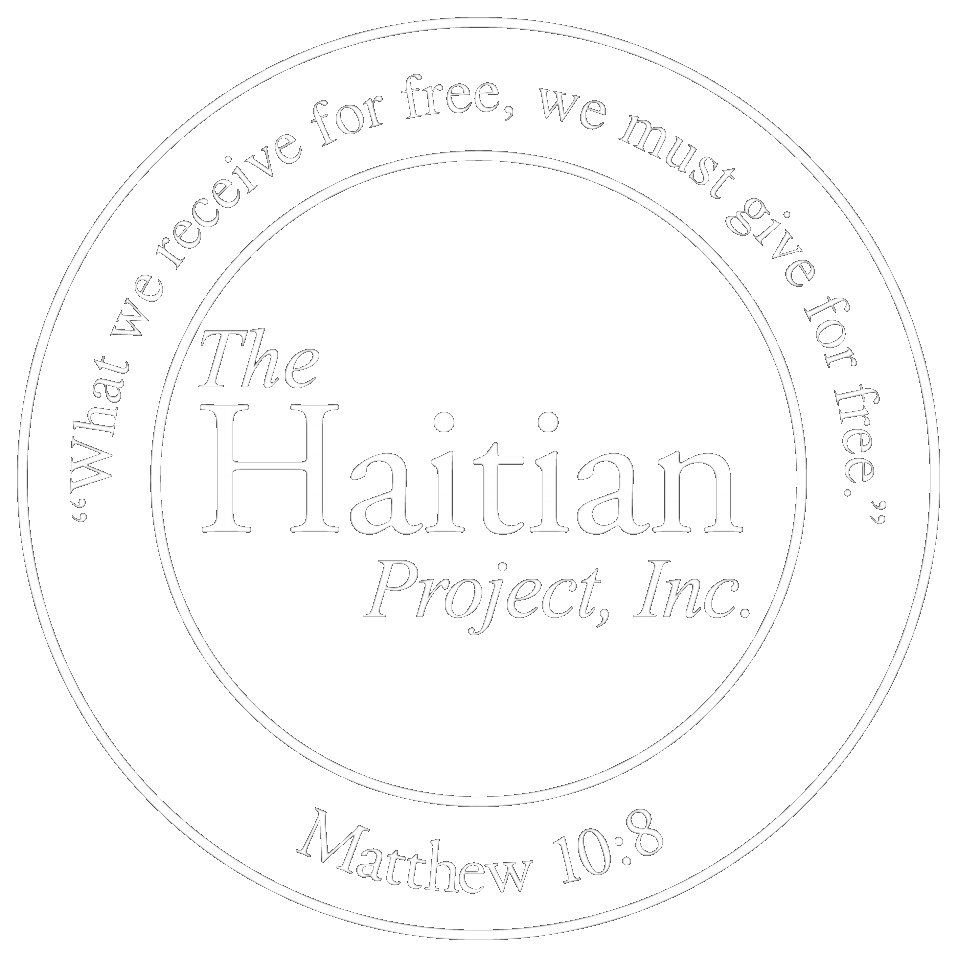Louverture Cleary School has been an innovator and trendsetter in Haiti since its opening nearly four decades ago; its approach to teaching languages is just one example. Recognizable and impactful as students, employees, community members, and citizens, perhaps one of the more apparent attributes of a Louverturian is their fluency in four languages—Kreyòl, French, English, and Spanish.
Perhaps the most immersive learning of the four languages in the LCS curriculum is done outside the classroom, during pastimes such as extracurricular activities.
Haiti has two official languages: Kreyòl (also known as Haitian Creole) is the familial language spoken in Haitian homes, and French is the language of academia and business. Historically, in school, only French was spoken, written, and read. Kreyòl was not officially introduced into schools until 1979.
Due to Haiti’s location, the LCS administration developed its language program to add English and Spanish to the study of Kreyòl and French, to further bridge the gap with the country's geographical neighbors and open doors for global commerce and collaboration.
Recognizing Kreyòl as a language worthy of being studied, written, read, and recorded did more than expand the linguistic horizons of students; it recognized and validated their history and culture.
LCS Dean of Academics Myriam J. (LCS ‘10) teaching class.
LCS Dean of Academics Myriam J. (LCS ’10), who received a bachelor’s degree in secondary education with a minor in English and Spanish instruction at Université Quisqueya with a scholarship from LCS’s Dulcich Center for Career Advancement, wrote her thesis using LCS as a case study for effective immersive language learning. Notes Myriam:
“The purpose of the teaching of Kreyòl in Haitian schools is to allow students to discover the mechanism of operation of the Kreyòl language, to use a language that is rooted in the culture of the Haitian people, to help in the use of Kreyòl in formal situations for its promotion and integration, and to promote Creole cultures and values in the field of literature, theatre, music, and more.”
Perhaps the most immersive learning at LCS is done outside the classroom through extracurricular activities and, most notably, the language of the week program. LCS assigns one of the four languages to each week on a rotating basis which the students must speak at all times outside of class, such as passing between classrooms and at play time. This allows students to use languages more colloquially and instinctively, and to gain confidence in their use.
As Myriam remarked in a 2015 interview about her university thesis, “At LCS, students can practice the language and not just memorize it. They read books and develop the ability to think in English.... My proposition is that every school in Haiti use a model like LCS, so that in seven years, or less, students will have learned English and Spanish and have the language skills they need to be successful in the global community.”
A version of this Community Update recently ran as an article in the December issue of Haitian Project News. If you would like to receive our newsletter, either electronically or on paper, email THP at development@haitianproject.org today!
“Keep In Touch” to receive periodic updates on our students, activities at Louverture Cleary School, and progress on the LCS Network. Together, we can build a bright and enduring future for Haiti.
Go to Community Updates Page


